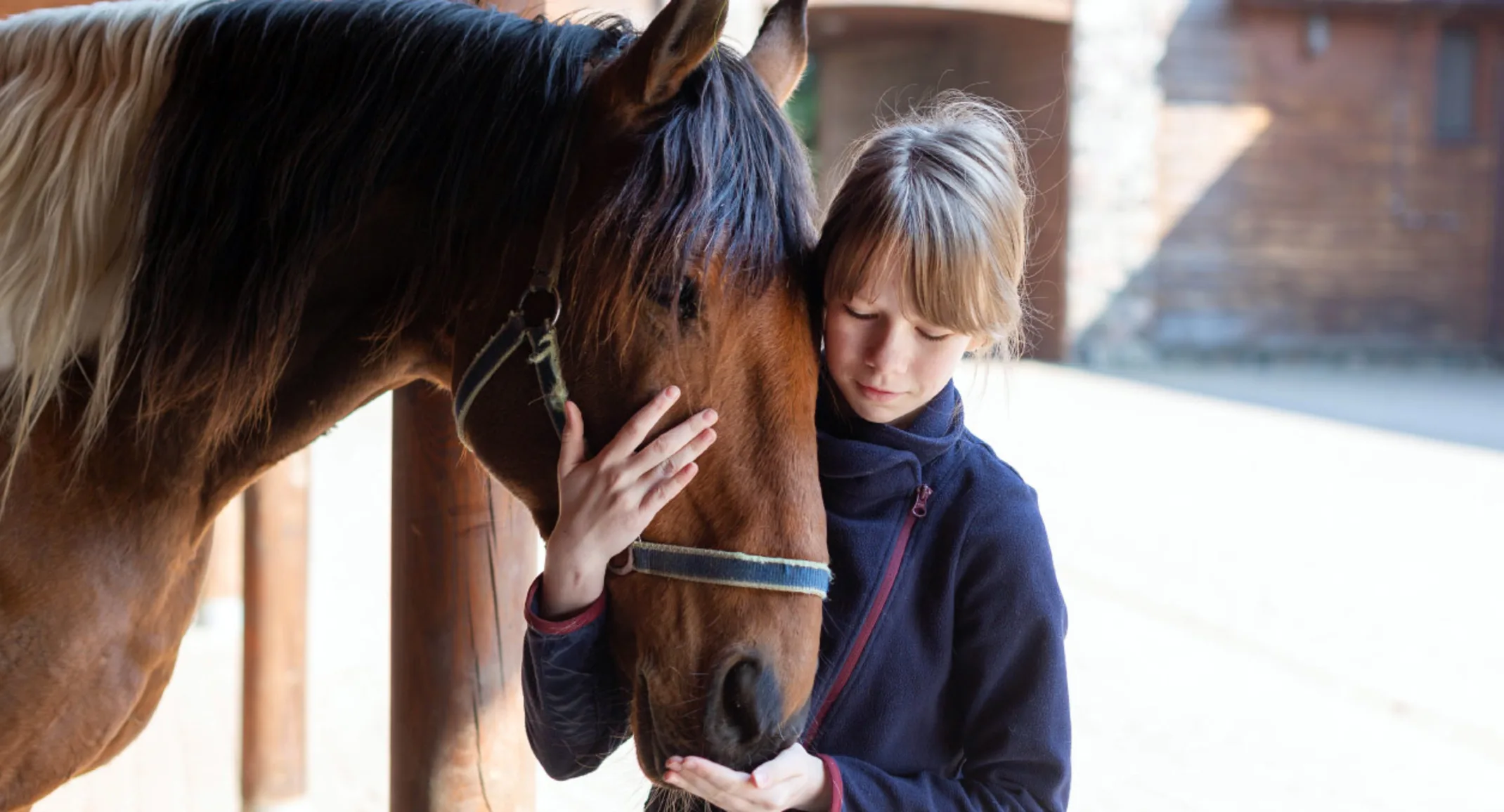Potomac Horse Fever
General

In recent weeks, there have been several news reports of horses being affected by Potomac Horse Fever (PHF). Despite the name, PHF does not only affect horses living in the area of the Potomac River. In fact, the most recent cases were diagnosed in northern New York.
Potomac Horse Fever is a disease caused by risticii. It is most common in the eastern states but has been documented elsewhere. PHF most commonly occurs in late spring to early fall with most cases concentrated in July, August, and September. Outbreaks tend to occur after very wet weather that is immediately followed by high temperatures. The N. risticii organism is transmitted to a horse when that horse accidentally ingests an insect, such as a mayfly, that is carrying the organism. Because snails and slugs are also involved in the lifecycle of the disease, horses living in an area with a large amount of water, standing or otherwise, are at increased risk of being exposed to PHF. PHF is not contagious between horses, but if one horse on the property has contracted the disease, chances are that more horses have been exposed and may come down with it.
The incubation period of PHF is approximately 10 days. Signs may include fever, inappetance, diarrhea, colic, and laminitis. Sometimes, the only initial sign is a high fever that declines to a normal body temperature when an anti-inflammatory such as Bute or Banamine is administered, but quickly rises again when the drug wears off. This can rapidly progress to colic, severe diarrhea, laminitis, dehydration, and death if treatment is not instituted quickly. Any horse displaying any combination of these signs should be seen by a veterinarian immediately.
Treatment for PHF can be successful if the treatment occurs early and is aggressive. Intravenous oxytetracycline is the antibiotic of choice against PHF. Less severe cases may be treated with doxycycline or minocycline. Additional supportive care such as intravenous fluids, pain medications, cryotherapy (cold therapy) of the feet, and special shoeing and padding of the feet are usually required. Even if the horse survives the colitis (colic and diarrhea) caused by PHF, the severity of the laminitis tends to determine survival. Rotation and/or sinking of the coffin bone within the hoof wall tend to occur early in the disease and progress rapidly.
The vaccine against PHF is only partially protective against the disease, but vaccinated horses appear to be less severely affected if they do become ill. This lack of efficacy may be due to variation in the strains of organism in different areas or other unknown factors. Vaccination against PHF is recommended if cases have been seen in your area in prior years.
Additional measures can be taken to prevent the disease in your horses. Do not allow horses to drink from natural water sources, particularly those that are stagnant. It is possible for them to accidentally swallow an insect carrying PHF while drinking. Be diligent about cleaning out feed tubs and water buckets to reduce the chances of the horse inadvertently consuming a carrier with its meal. Do not leave lights on around your barn at night. Insects capable of carrying PHF, mayflies in particular, are attracted to the lights and tend to congregate around them. Shutting off the barn lights reduces the chances of insect carriers being attracted to your barn.
Michelle Egli, DVM
Delmarva Equine Clinic
